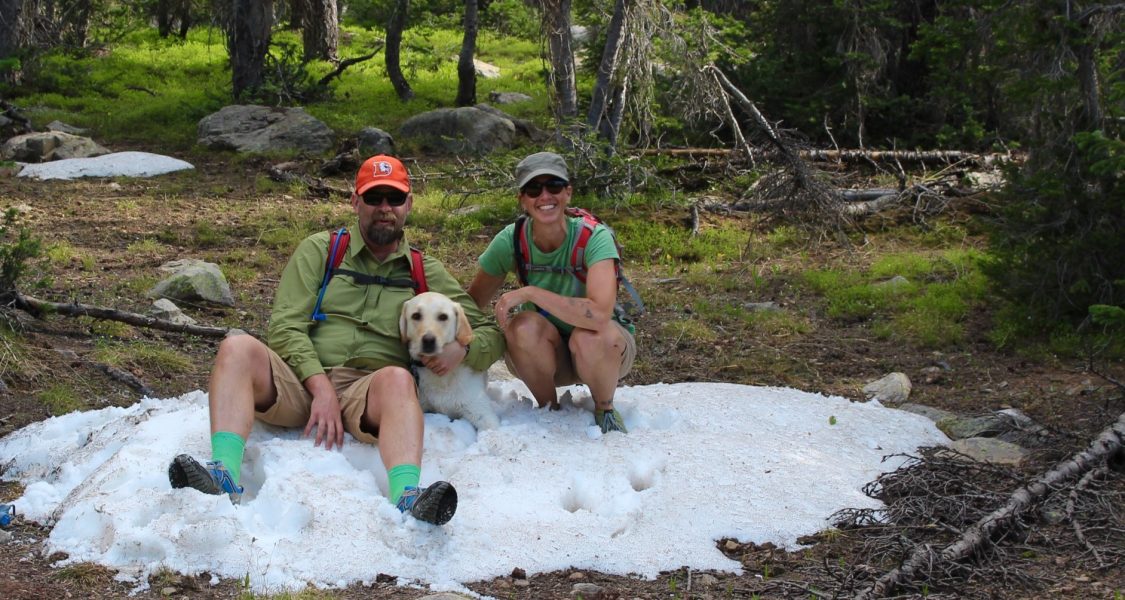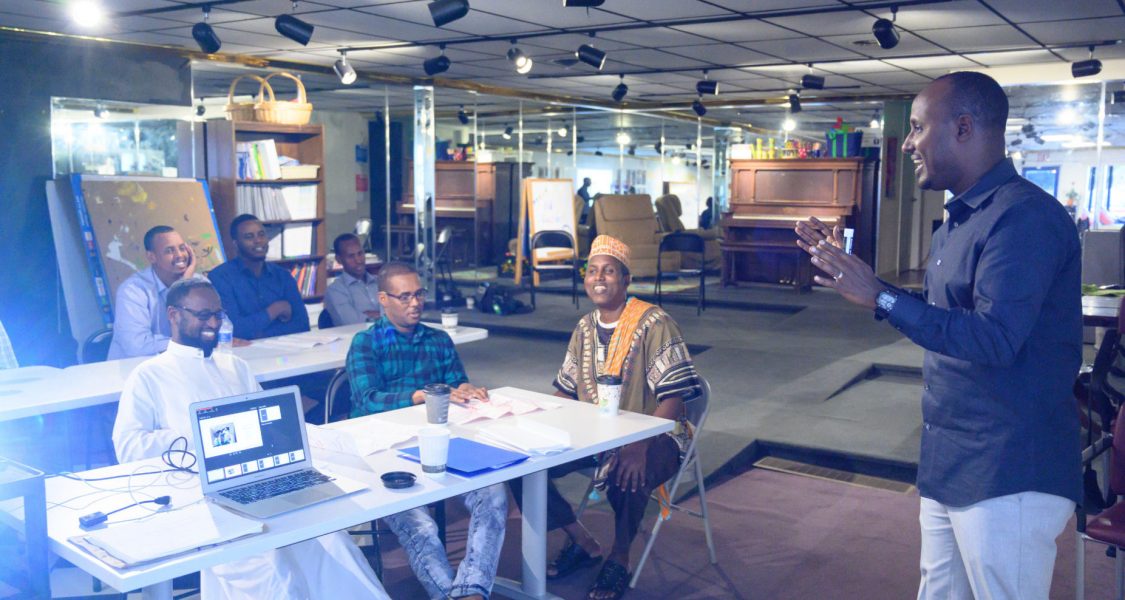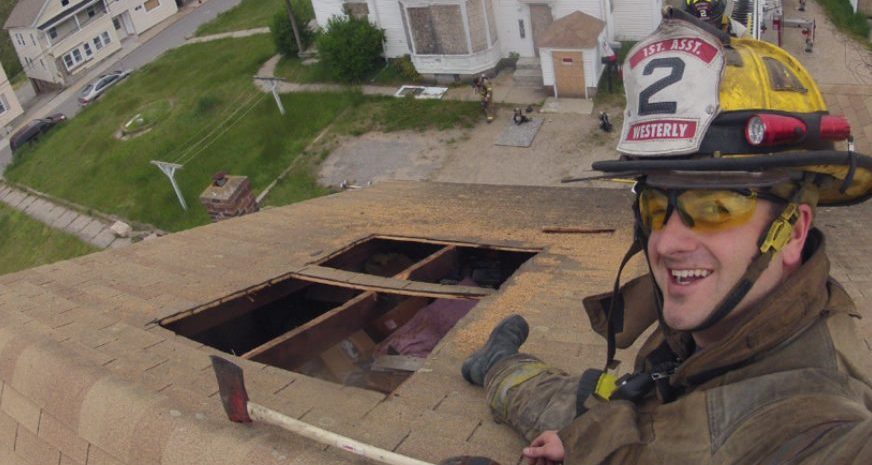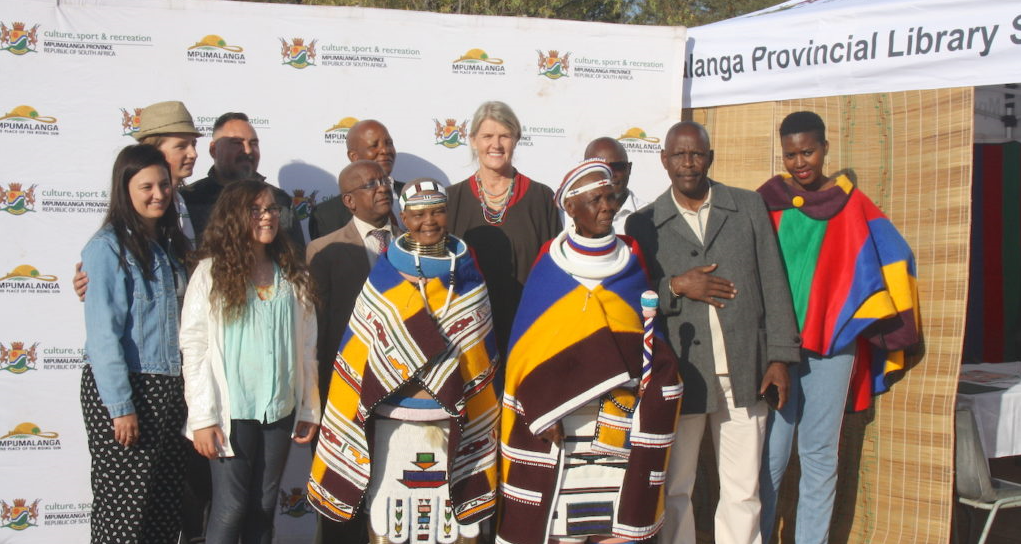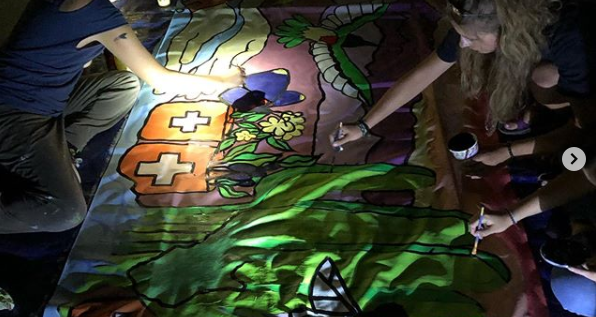Over the past five years, Colorado State University’s College of Liberal Arts has experienced a period of exponential growth in funded research. From 2014 to 2019, funding increased by 54.3 percent, with the number of funded projects nearly doubling from 27 to 45. Year-over-year, research funding grew 13.8 percent from 2018 to 2019. The growth of CLA’s funded research can be attributed to an increase in overall funded research initiatives as well as an increase in the number of CLA contributions to interdisciplinary projects.
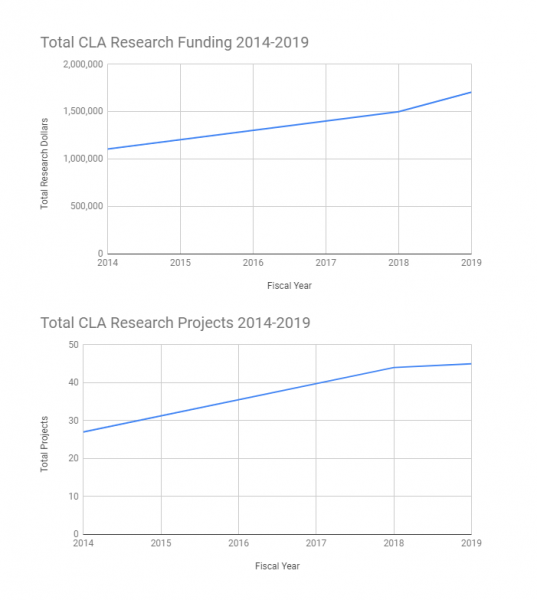
The college has experienced overall research growth, with an increase in unfunded and collaborative research projects as well. This trend in research growth mirrors the University’s record growth. Colorado State University reached an all-time high in overall research funding, with a total of $398.5 million in expenditures for 2019. The University experienced a period of significant growth in research funding with a 6.3 percent increase from the previous year. Spending on research, which has grown by nearly $100 million in the last decade, signals a bright future for the university’s research environment. In the fiscal year that ended June 30, 2019, CSU posted increases in all areas of sponsored project awards, including federal and industry funding.
The growth of funded research in the CLA
Alongside the overall growth in funded research projects within the college, the growth in the number of funding sources is noteworthy. In 2014, 22 different sources funded CLA projects, while in 2018-19 that number grew to 31. This increased diversity in funding can be attributed to more CLA faculty collaborating on interdisciplinary research projects, specifically with the hard sciences. Some of the more unexpected funding sources include the National Science Foundation, the Ministry of Foreign Affairs – Republic of Korea, and NASA.
“Increasingly we’re seeing social scientists being included on hard-science funding proposals; for example, the National Science Foundation encourages a social science component in projects, so the research is relatable to humans,” said CLA Director of Research Support Catherine Kane.
The value of liberal arts research and creative artistry
The growth of CLA research speaks for itself, but its value extends beyond the traditional problem-solution research model. The real value is derived from its ability to identify meaningful connections and explore disciplines or studies from new perspectives. One example of this is the research project Assistant History Professors Michael and Liesl Childers are working on for the
U.S. Forest Service. These professors are examining the transformation of the U.S. Forest Service through a historical lens in their analysis of the service’s shift in purpose and focus since 1960. This research initiative approaches a traditionally environmental topic from a historical perspective, allowing for the U.S. Forest Service’s work to be considered within temporal context.
According to Associate Dean for Research and Graduate Programs Michael Carolan, CLA research is unique in the way it “deepens our understanding on some aspect about the world so that we can better understand relationships and connections, and can point to where connections exist where we didn’t think they necessarily existed before.”
According to Kane, the value of CLA research relates to its focus on the human experience.“Across the board in liberal arts we always come back to the humanistic component. What we do is driven by the human spirit because there is always a person at the end,” said Kane.
The humanistic perspective and lens that CLA brings to research is its defining characteristic, giving the college the capacity to create meaningful interdisciplinary partnerships and enhance the understanding and application of research across disciplines.
To learn more about research and creative artistry in the College of Liberal Arts, visit https://www.libarts.colostate.edu/research/research-creative/
